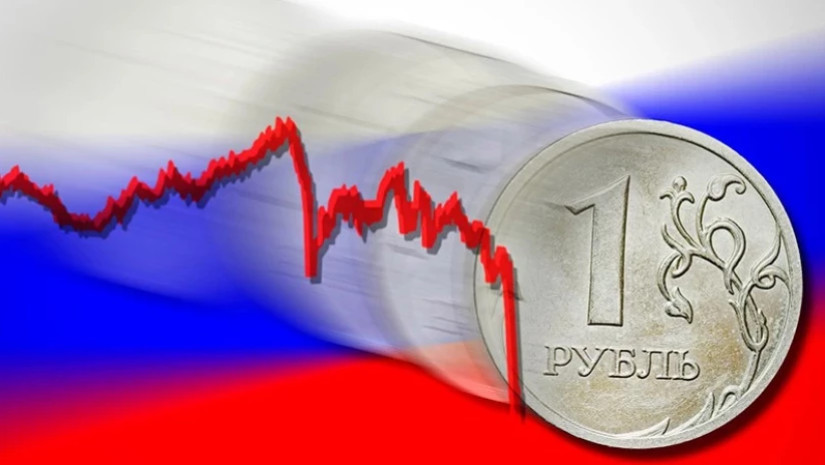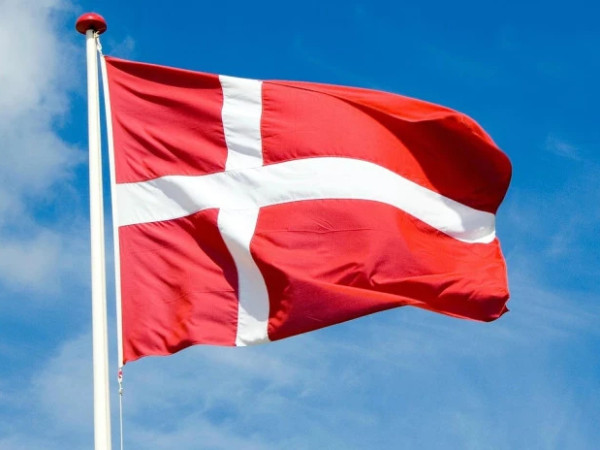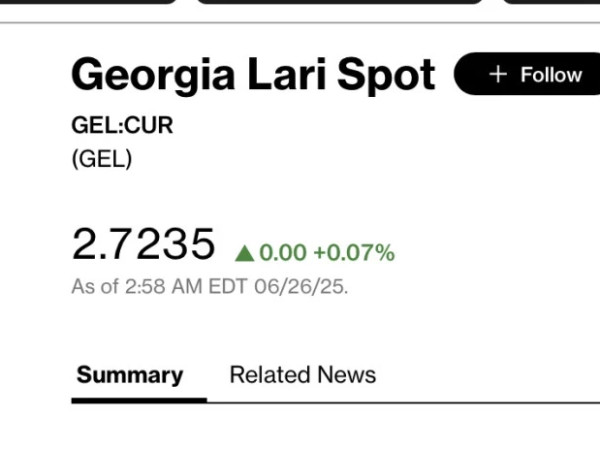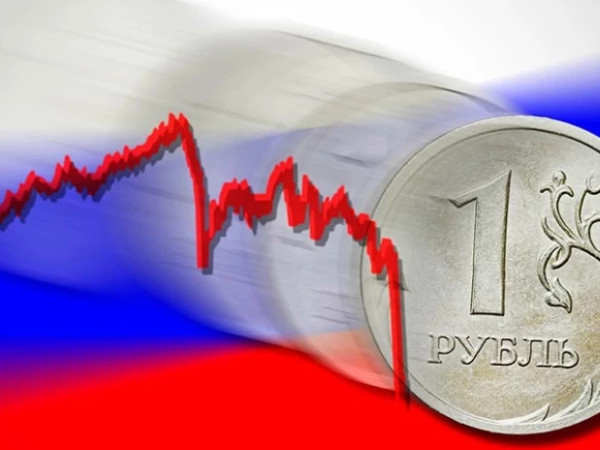Russia’s National Wealth Fund, the country’s key rainy-day reserve, saw its liquid assets shrink by 14% in May 2025 as war spending surged and global oil prices dropped, Bloomberg reported on June 4.
Free funds available in the reserve fell to 2.8 trillion rubles ($35.7 billion), down by 453.8 billion rubles ($5.8 billion) in a single month — a loss that directly reduces Russia’s ability to cover its widening budget deficit.
Since the start of Russia’s full-scale invasion of Ukraine in February 2022, the fund’s liquid assets have plummeted by 68%, Bloomberg calculated.
Efforts to replenish the fund this year with excess oil and gas revenues have failed due to falling crude prices, partly triggered by the trade war launched by U.S. President Donald Trump.
The oil slump forced the Kremlin to revise its revenue forecast for energy exports down by 24% and triple its projected budget deficit.
In February 2025, former Russian Finance Minister Mikhail Zadornov warned that the fund’s remaining cash — increasingly used to plug post-invasion budget holes — would only last six more months if oil prices collapsed.
According to Russia’s Finance Ministry, the fund held $113.5 billion in liquid assets before the war. By early 2025, that figure had dropped to just $37.5 billion — the lowest level since the fund’s creation in 2008. In three years of war, the Russian government has burned through two-thirds of the fund — $76 billion — funneling 6.5 trillion rubles into deficit coverage and bailing out state-owned enterprises struggling under Western sanctions.
In late 2024, Russia’s economy was already reeling from a steep drop in export earnings.
On Jan. 10, 2025, the United States imposed sweeping new sanctions targeting Russia’s oil sector — a key source of funding for its war in Ukraine. The measures hit major producers Gazprom Neft and Surgutneftegaz, insurers, oilfield service providers, Russian officials, and 183 tankers in the so-called “shadow fleet” used to ship Russian crude.
The sanctions prompted top buyers India and China to turn to alternative suppliers from the Middle East, Africa, and the Americas, further eroding Russia’s market share.


















